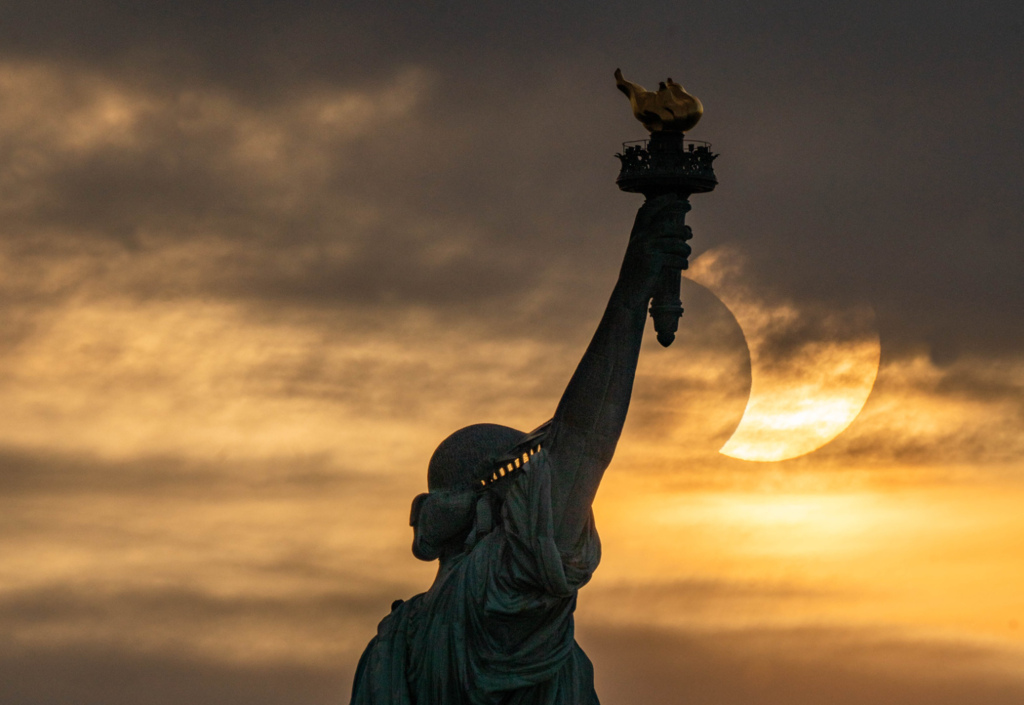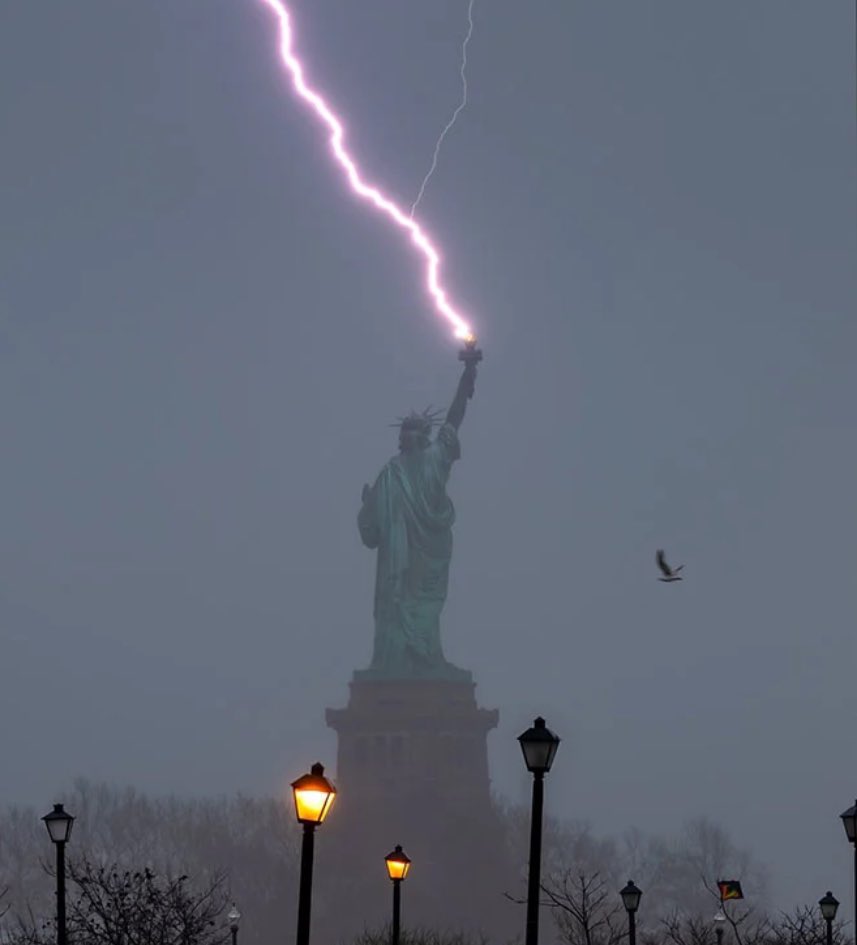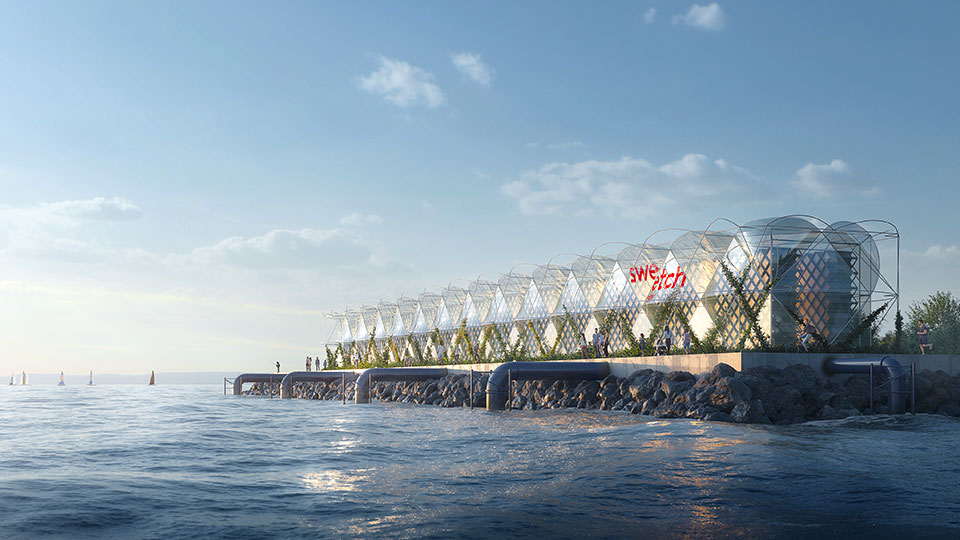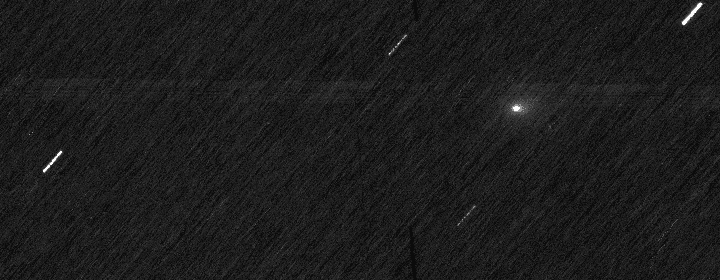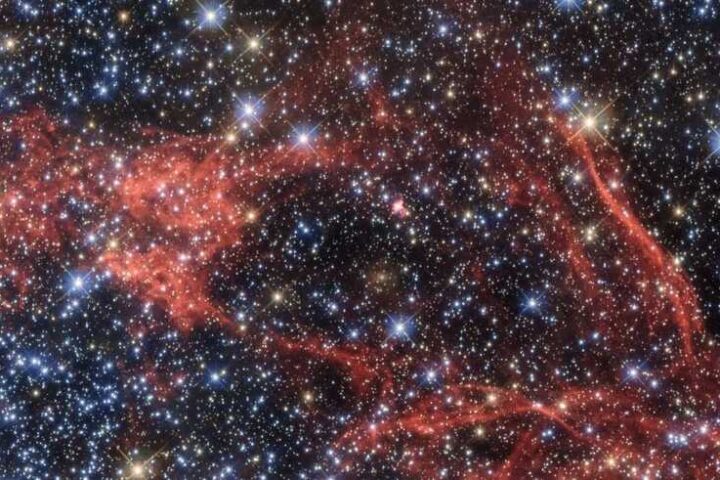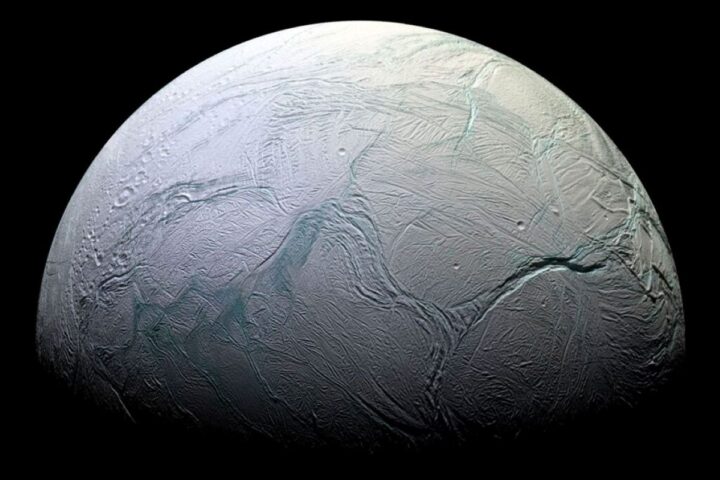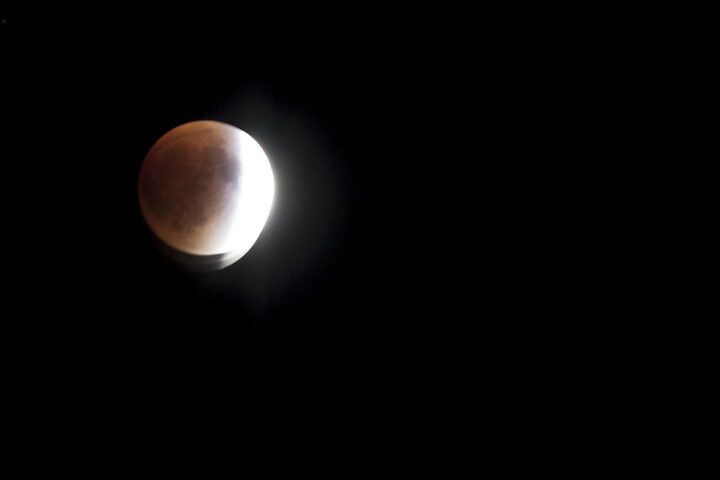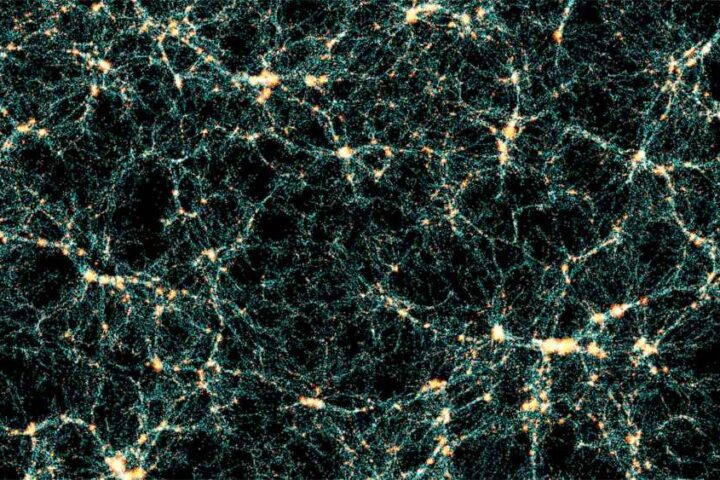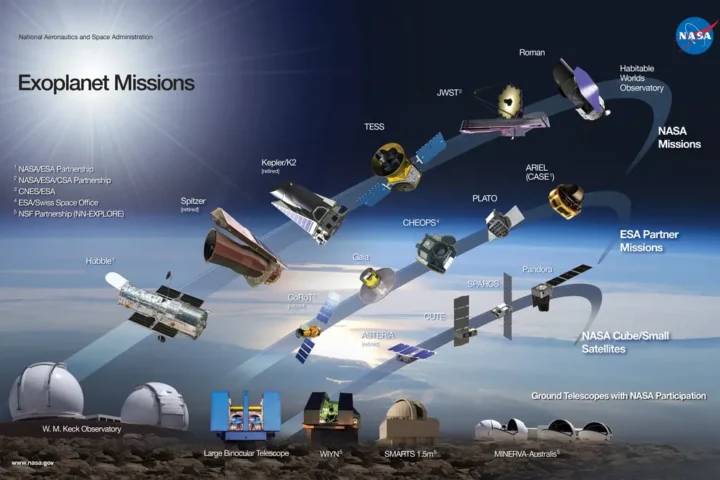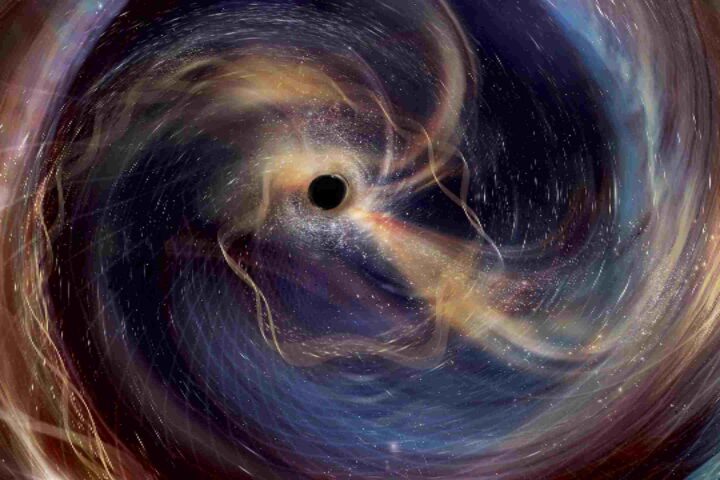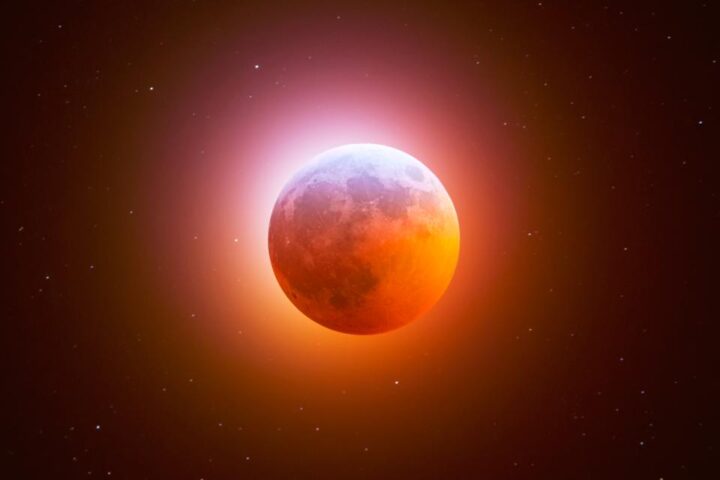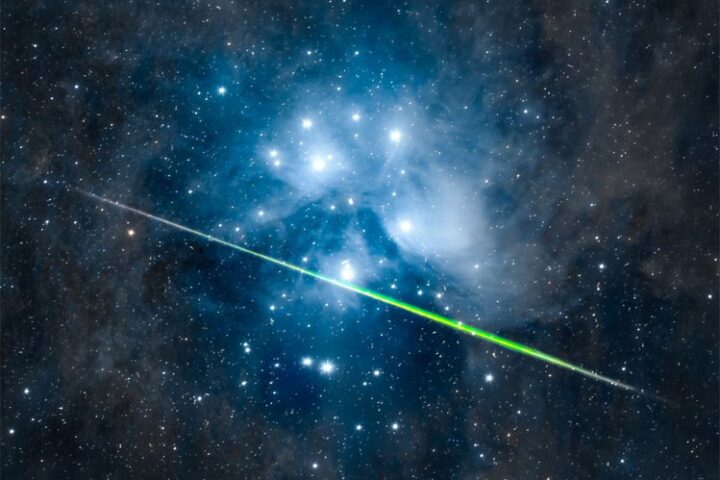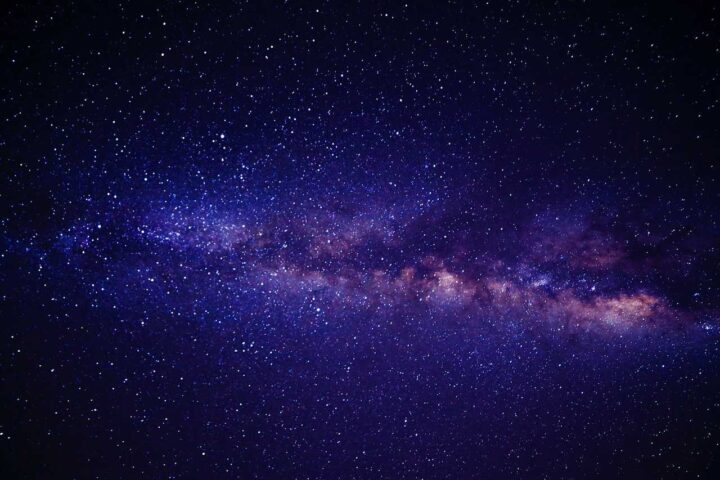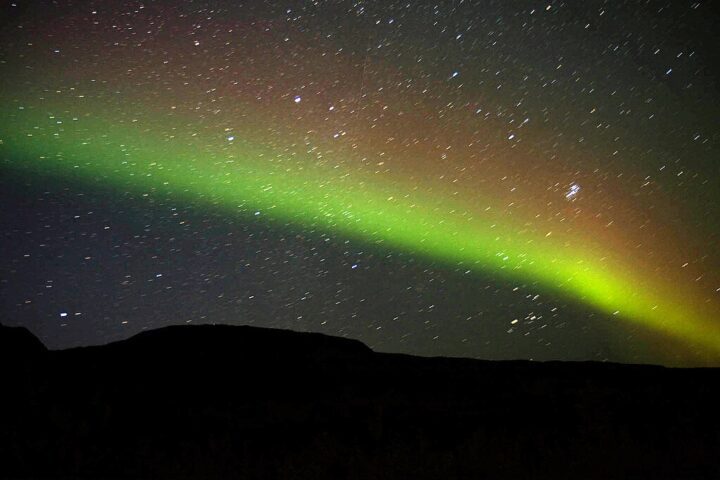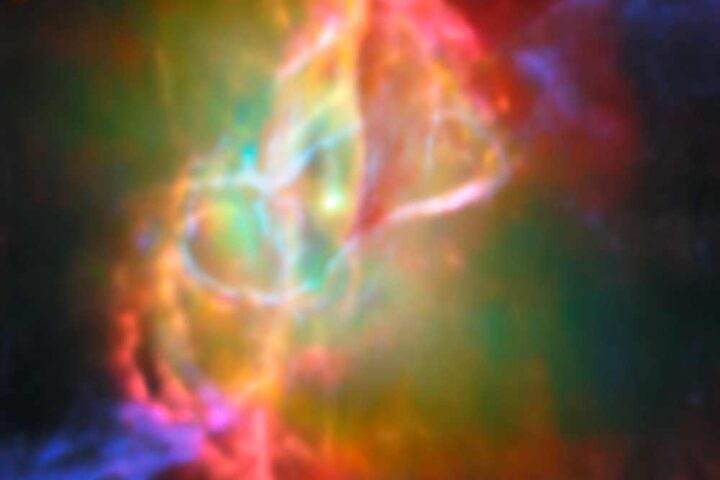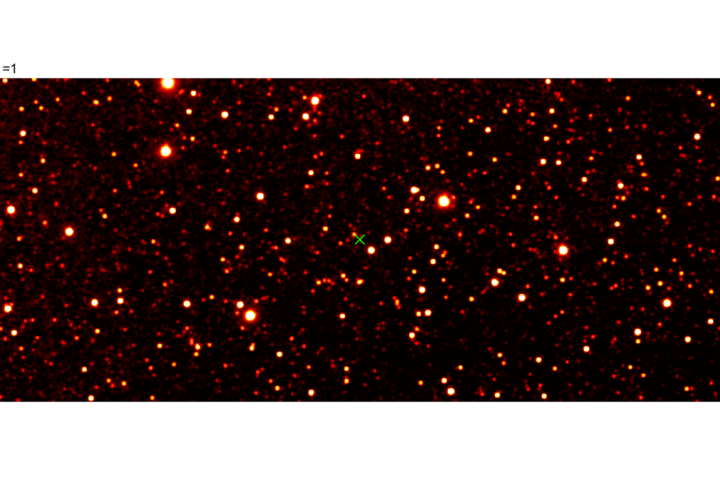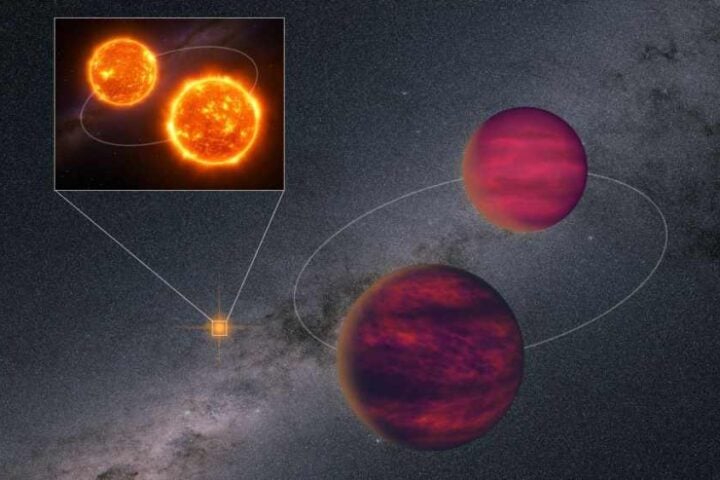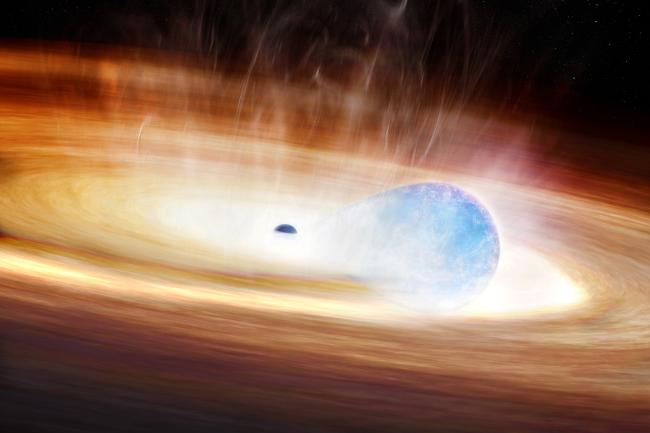A total eclipse has not been seen in New York for 99 years. New York Governor Kathy Hochul said the state has been preparing for the solar eclipse event for 17 months. Tomorrow, the state of New York expects a million tourists to travel from all over the country to witness the total solar eclipse, which will only be visible in the northern part of the state, near the Canadian border, according to Governor Kathy Hochul.
A total eclipse has not been seen in New York for 99 years, and tomorrow the best places to view it will be in the northern part of the state, specifically in the cities of Buffalo, Jamestown, Rochester, and Niagara, next to the famous waterfalls of the same name, where NASA has established the official observation post.
The phenomenon will occur between 3:18 and 3:22 p.m., but the weather conditions will not be the best for observation: according to tomorrow’s forecast, cloudiness in the US-Canada border area will be over 60%, in contrast to Arkansas’s 20% (another state the eclipse will pass through).
Hochul said the state has been preparing for the event for 17 months, knowing it will attract visitors who have traveled hundreds or thousands of miles to see this moment firsthand, and it will be a great business opportunity for the accommodation and food service professionals.
In fact, accommodations offered by Airbnbs, Vrbo, and similar platforms are nearly sold out along the North American route where the total solar eclipse will be visible tomorrow, according to estimates from AirDNA, a platform dedicated to collecting short-term rental data.
Similar Posts
Schools across the state have also been preparing students for several days, and tomorrow they have organized an eclipse viewing – with distribution of proper glasses – even in New York City, where the eclipse will only be partial.
Governor Hochul’s advice was particularly thorough for those traveling by car to the eclipse zones: in anticipation of long lines of vehicles, she recommended travelers to fill up their gas tanks, stock up on food and drink in case of traffic jams, and be cautious when exiting the highways, many of which are muddy from recent rain or snow.
